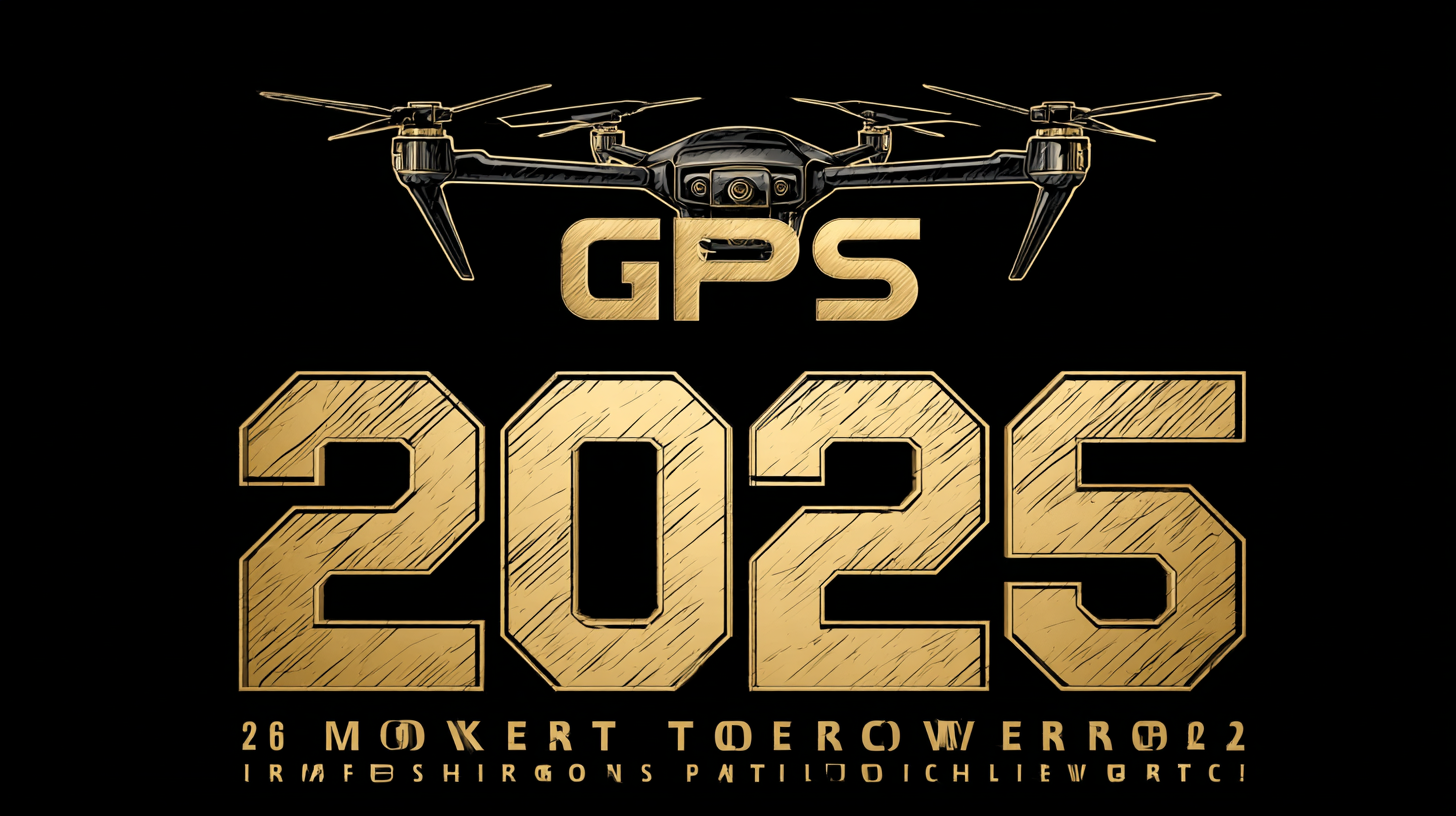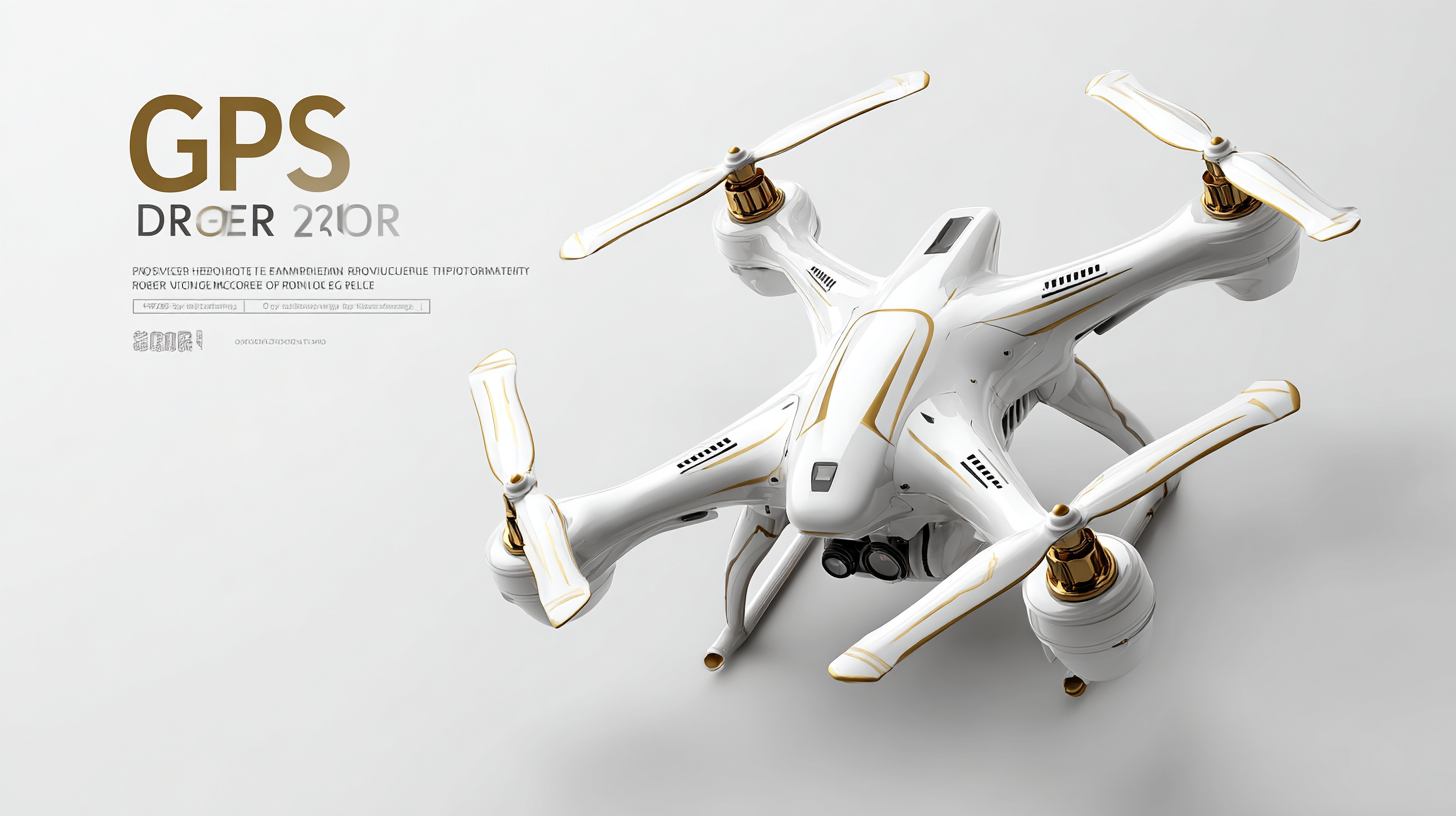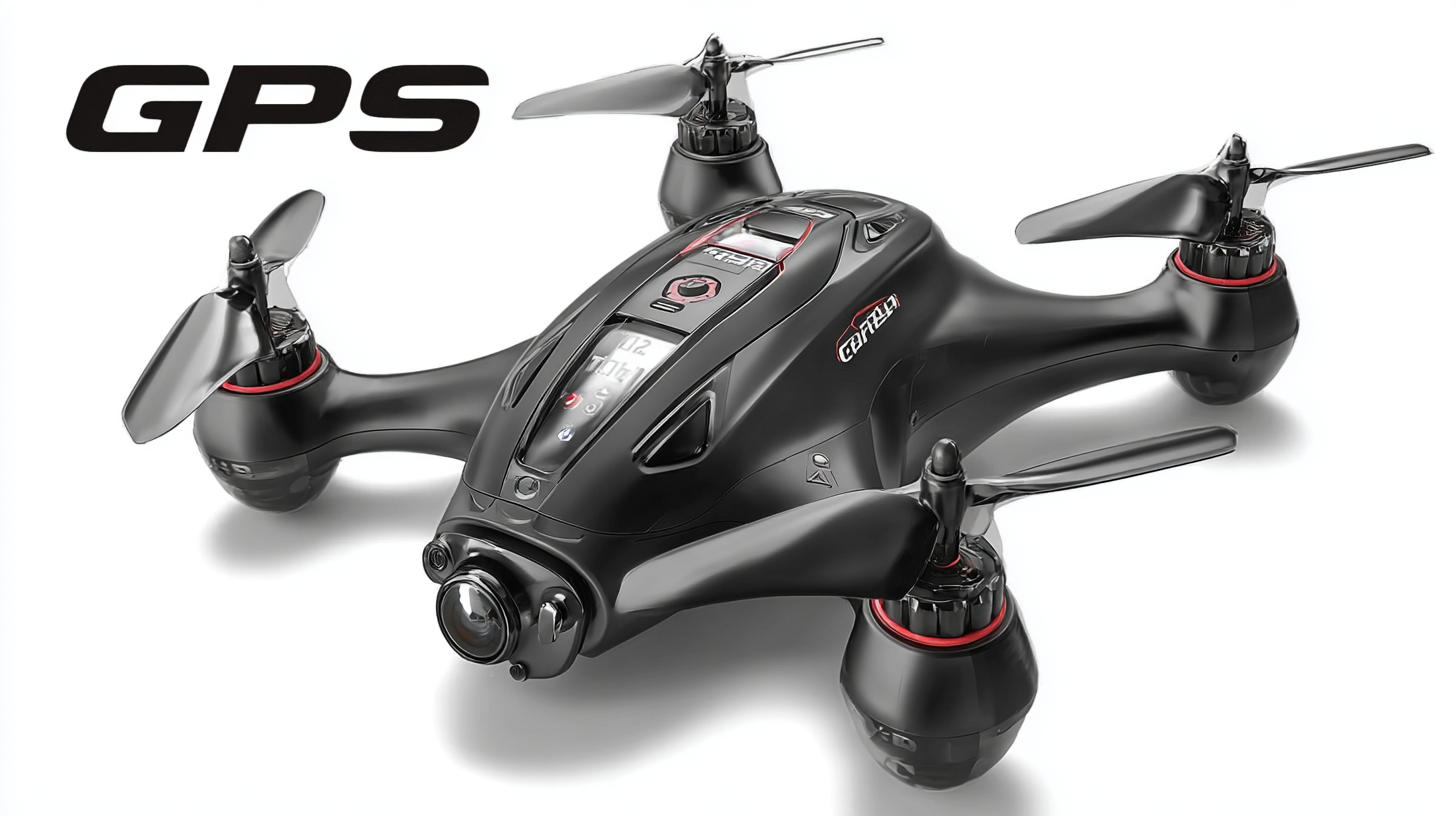
2025 Market Forecast: The Best GPS RC Drone Revolutionizing Aerial Technology
As we look toward 2025, the aerial technology landscape is poised for a significant transformation, driven primarily by advancements in GPS RC drones. According to a recent industry report by Grand View Research, the global drone market is expected to exceed $40 billion by 2025, with GPS-enabled models capturing a substantial share due to their enhanced navigation and precision capabilities. The increasing adoption of GPS RC drones across various sectors, including agriculture, surveillance, and delivery services, highlights their versatility and importance. Analysts project that the demand for these sophisticated drones will be propelled by ongoing innovations and the integration of AI, making them an indispensable tool for both commercial and recreational users. As we delve into this blog, we will explore how the best GPS RC drones are set to revolutionize aerial technology and reshape industries in the near future.

The Role of After-Sales Service in GPS RC Drone Success
In the rapidly evolving landscape of GPS RC drones, after-sales service emerges as a critical factor that influences consumer satisfaction and brand loyalty. According to a report from MarketsandMarkets, the global drone services market is projected to grow from $4.4 billion in 2020 to $63.6 billion by 2025, reflecting a compound annual growth rate (CAGR) of 56.6%. As this market expands, companies must prioritize robust after-sales support to ensure user retention and strengthen their competitive position.
Effective after-sales service not only addresses customer inquiries and technical issues but also enhances the overall user experience. A recent survey by Drone Industry Insights revealed that 72% of drone users consider after-sales support a vital aspect of their purchasing decision. Brands that offer comprehensive service packages, including training, technical support, and warranty programs, are likely to see higher customer satisfaction rates, as these factors can significantly reduce the learning curve associated with advanced drone technology. As GPS RC drones become more sophisticated, the importance of responsive and accessible after-sales service will undeniably play a pivotal role in shaping market dynamics and customer expectations.

Understanding Repair Costs: What Drone Owners Need to Know
As drone technology continues to evolve, understanding the repair costs associated with these devices is crucial for both hobbyists and professional users. With the rising popularity of drones across various sectors, including delivery services and aerial imaging, owners need to be proactive in maintaining their equipment. Factors such as parts replacement, software updates, and damage repairs can quickly accumulate costs, making it essential for owners to be well-informed about potential expenses.
In light of recent events, including significant weather-related damages impacting various regions, the demand for drones for inspection and recovery efforts has surged. However, navigating insurance policies can be complex. Homeowners often find themselves in conflicts with insurers regarding roof damages, sometimes based on unclear imagery. This scenario underscores the importance of using drones not only as a tool for recreation but also as an integral part of property maintenance and damage assessment. Understanding these dynamics will help drone owners effectively manage their investments and ensure their devices are always ready for use when needed.

How to Choose the Best GPS RC Drone for Your Needs
When it comes to selecting the best GPS RC drone for your needs, several factors should be considered to ensure you make an informed decision. First and foremost, determine your primary use case—whether it's for recreational flying, photography, or surveying. For instance, if you're an aspiring aerial photographer, look for drones with high-resolution cameras, gimbal stabilization, and features like obstacle avoidance to capture stunning images while ensuring safety in the air.

Another critical aspect is flight time and range. Most high-quality GPS drones offer flight times ranging from 20 to 30 minutes, but advanced models may exceed this. Ensure the drone's range meets your requirements, especially if you plan on flying over large areas or need to conduct extensive aerial surveys. Finally, consider the drone's ease of use, including features like automated takeoff and landing, GPS stabilization, and intuitive control interfaces, which can enhance your flying experience and make it accessible even for beginners. Choosing the right GPS RC drone can significantly elevate your aerial adventures.
Maximizing Warranty Benefits for Your Aerial Tech Investment
In the rapidly evolving world of aerial technology, investing in a high-quality GPS RC drone not only enhances your flying experience but also demands careful consideration of warranty benefits. These warranties can safeguard your investment against unexpected damages or malfunctions, ensuring you get the most out of your aerial tech.
**Tip 1:** Always read the fine print of your warranty. Understanding what is covered and what isn’t will help you avoid unpleasant surprises. Some manufacturers may offer comprehensive warranties that cover everything from parts to accidental damage, while others might have more limited coverage.
**Tip 2:** Keep your purchase receipts and documentation. Most warranty claims require proof of purchase, so having organized records can streamline the process. This will save you time and potential headaches in the event you need to claim under the warranty.
**Tip 3:** Consider extending your warranty for added peace of mind. Many companies offer extended coverage plans that can help protect against future issues. Evaluating these options can provide additional security, especially for enthusiasts frequently flying in challenging conditions.
2025 Market Forecast: The Best GPS RC Drone Revolutionizing Aerial Technology
| Feature | Specification | Warranty Benefits | Market Trends 2025 |
|---|---|---|---|
| Flight Time | 30 minutes | 2-year full coverage | Increase in consumer demand |
| Camera Resolution | 4K | Accidental damage included | Growth in professional use |
| Max Range | 4 km | 1-year battery warranty | Emergence of new applications |
| GPS Accuracy | ±5 meters | Free software updates | Increased regulatory frameworks |
| Weight | 1.5 kg | Refund policy available | Rise of eco-friendly technology |
Essential Maintenance Tips for Long-Lasting Drone Performance
As the drone market continues to expand, understanding how to care for your GPS RC drone is essential for ensuring optimal performance and longevity. Regular maintenance can significantly enhance your drone's capabilities and lifespan. Here are some key tips to keep your drone in top shape.
First, always inspect your drone before and after each flight. Check for any signs of wear and tear on the propellers and ensure they are securely attached. Clean the camera lenses and sensors to avoid any obstructions that could affect the quality of your footage. Additionally, periodically examine the battery for swelling or damage, as a healthy battery is crucial for safe flights.
Another critical aspect of drone maintenance is firmware updates. Keeping your drone's software up to date ensures that you benefit from the latest features and performance improvements. Regularly check the manufacturer's website for any updates and follow the instructions to install them.
Finally, store your drone in a cool, dry place when not in use, and consider using a carrying case to protect it from dust and bumps. By following these maintenance tips, you can enjoy the impressive capabilities of your GPS RC drone for many flights to come.